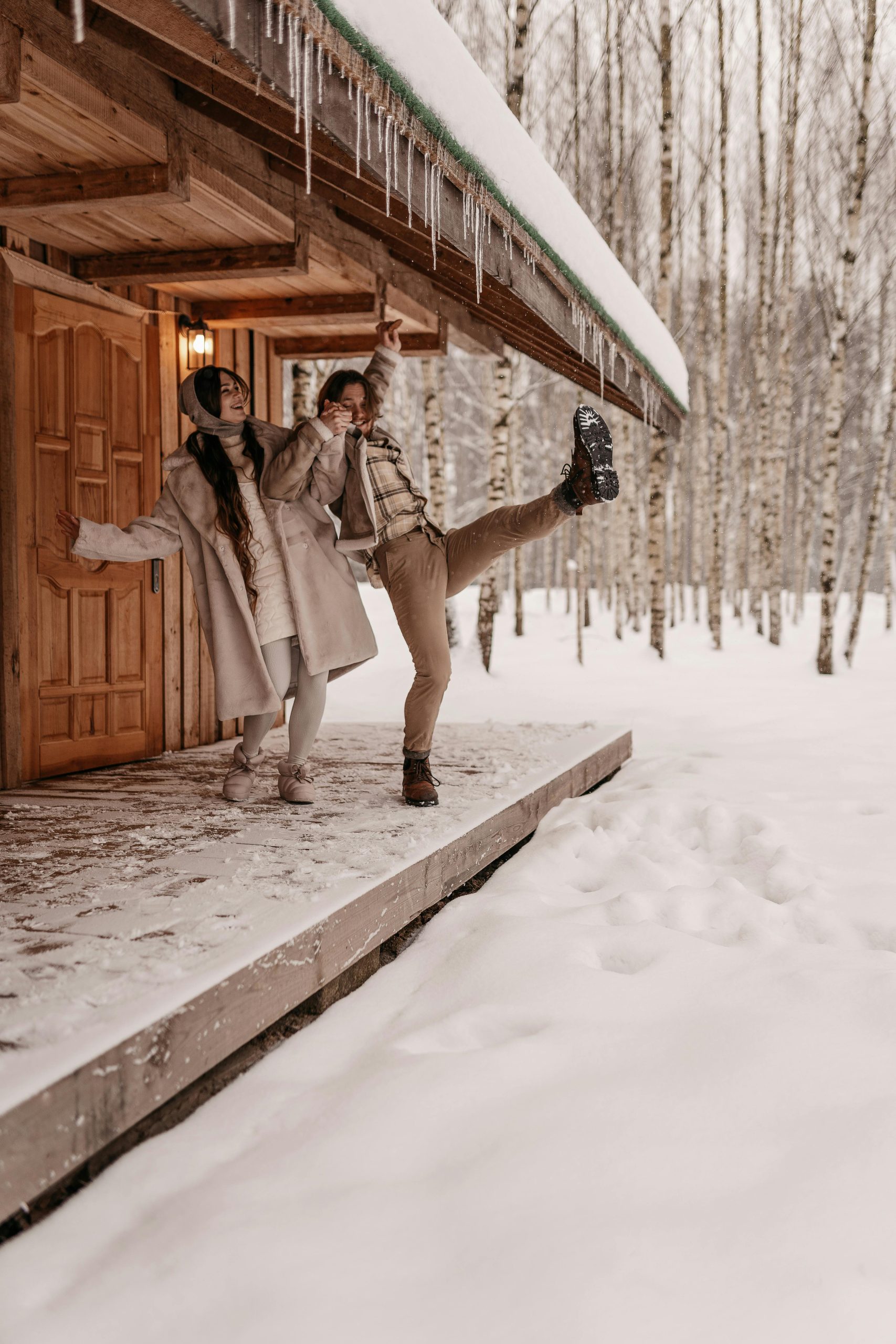 This case focuses on the procedural aspects of a personal injury lawsuit, highlighting the importance of deadlines and the consequences of missing them.
This case focuses on the procedural aspects of a personal injury lawsuit, highlighting the importance of deadlines and the consequences of missing them.
Case Background
Charles and Jeri Kouba sued the City of Natchitoches after Mr. Kouba fell on a staircase owned by the city. They alleged a defect in the staircase caused his injuries. The City filed a motion for summary judgment, which the Koubas opposed. However, they missed the deadline to file their opposition and requested a continuance (postponement) of the hearing. The trial court denied their request and granted summary judgment in favor of the City.
 Insurance Dispute Lawyer Blog
Insurance Dispute Lawyer Blog


 We’ve all heard the phrase “slip and fall,” often in a comedic context. However, slip-and-fall accidents can result in severe injuries and legal battles. The recent Louisiana Court of Appeal case of Barton v. Walmart highlights the complexities of such cases and what it takes to prove a merchant’s liability.
We’ve all heard the phrase “slip and fall,” often in a comedic context. However, slip-and-fall accidents can result in severe injuries and legal battles. The recent Louisiana Court of Appeal case of Barton v. Walmart highlights the complexities of such cases and what it takes to prove a merchant’s liability. We’ve all heard the phrase “slip and fall,” often in a comedic context. However, slip-and-fall accidents can result in severe injuries and legal battles. The recent case of
We’ve all heard the phrase “slip and fall,” often in a comedic context. However, slip-and-fall accidents can result in severe injuries and legal battles. The recent case of